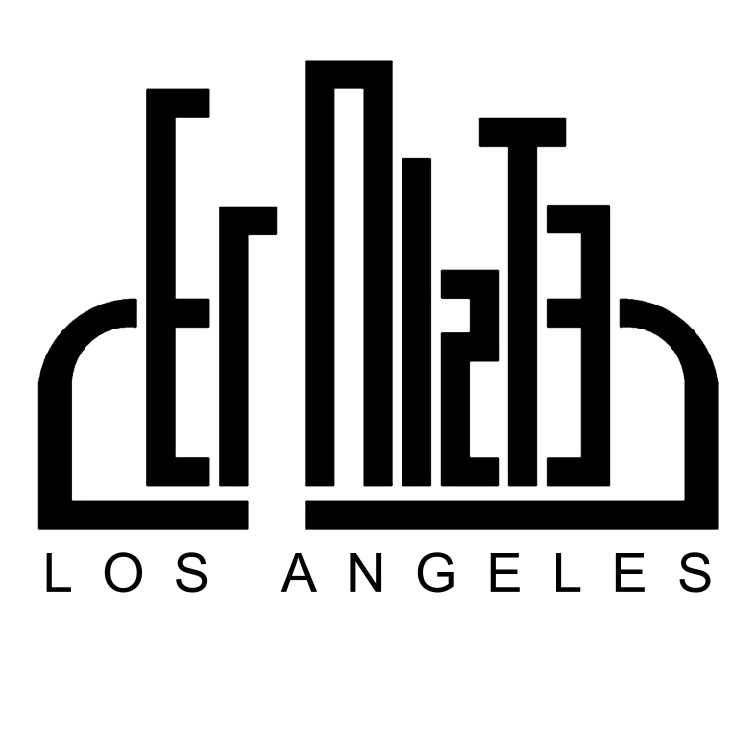So the Divine can see Itself
Last week I wrote about emanation, an important idea from ancient times which Muslim, Christian, and Jewish mysticism all adopted. Today I would like to discuss a few other key images which two or more of these mystical traditions share. I say “key” images because perhaps they are the key to a certain imaginary door, or to an understanding.
One such image is the polishing of a mirror. Sufi mystics describe creation as an unpolished mirror. Before the world was created, the real was unmanifest, and the divine did not yet know its own name; it could not hear that name or see it reflected in something outside. Creation actualizes the name so that the divine can now see its own name, its own self, reflected in the cosmos. Humans, the next layer of creation, are tasked with polishing the mirror so that the divine can see its own reflection more clearly.
Ibn-Arabi (1165-1240) was a Sufi poet born in Andalusia. In the same book that I wrote about last week, Mystical Languages of Unsaying by Michael Sells, Sells argues that Ibn-Arabi’s text enacts a polishing of the mirror through its very grammatical construction. Through slip of pronouns and transition between meaning of words, Ibn-Arabi’s poetry makes it unclear what is the difference between seeing and realizing or even creating, and whose act of polishing the mirror manifests the other’s self-recognition. In other words, it becomes unclear who is seeing who: are humans polishing the divine self’s mirror so that the divine can see itself? And in so doing, are they creating that very image of the divine, which doesn’t exist (or isn’t “realized”) prior to being reflected in the mirror that humans polished? Again, like emanation, this inevitably constructs a language game wherein the divine itself disappears, because it cannot be said who is creating who, and therefore who the creator even is.
Ibn-Arabi also writes about a truly open heart as the setting for a ringstone. The divine is the stone that fits into the heart, and the heart adapts to its shape, making the ring. Or, according to the Christian mystics, the heart is wax and the divine is the wax seal. Either way, we are unformed, and after we accept the ringstone or the wax seal that makes up our divine nature, it is hard to say who is taking the form of whom. Our form only exists as a reflection of that other thing, the one that impresses itself upon us.
This week in the Jewish calendar, we read from the very beginning of bereyshis or Genesis. In Torah Study here at Der Nister on Monday, we discussed a fascinating phrase from Genesis 1:2. We sat under the Sukkah on the roof, two days before Simchat Torah.
The very beginning of bereyshis says that God created the Earth, it was tohu vavohu, formlessness and emptiness. In Legends of the Jews, Louis Ginzberg writes about a dialogue between R’ Gamaliel and “a certain philosopher.” They argue over whether God used primeval materials to create the universe; that is to say, when God created everything that exists, did he have to use some other material that existed in a different way before that, and is thus truly eternal? Or did he create the world out of nothing, using no material and no tools? R’ Gamaliel writes that God created the world using the following things: “Tohu, bohu, darkness, water, wind (ruach,) and the deep.”
Here, R’ Gamaliel writes that tohu and bohu, formlessness and emptiness, were some of the eternal materials that God used to create the world. This transformation entails a logical contradiction. How can formlessness be a material? The very lack of form becomes form.
When I first read this at Torah study, it struck me as a contradiction. This conversation in the midrash is older than the mystical forms of thinking I’ve been studying recently. I wanted to put pressure on the text to make it work apophatically, that is, not saying anything conclusive about God and instead describing the divine by what it is not. Painting a picture made only of questions.
I actually think the text does do this, even before mystics made negative theology into a grammar, a task in the craft of writing. Already we can see, from this early sage’s interpretation of the second line of the Torah, that our tradition grapples with the difference between existence and non-existence, God and the world, creation and non-creation. Formlessness, a pure void of negation, becomes a tool that is used to create the world.
